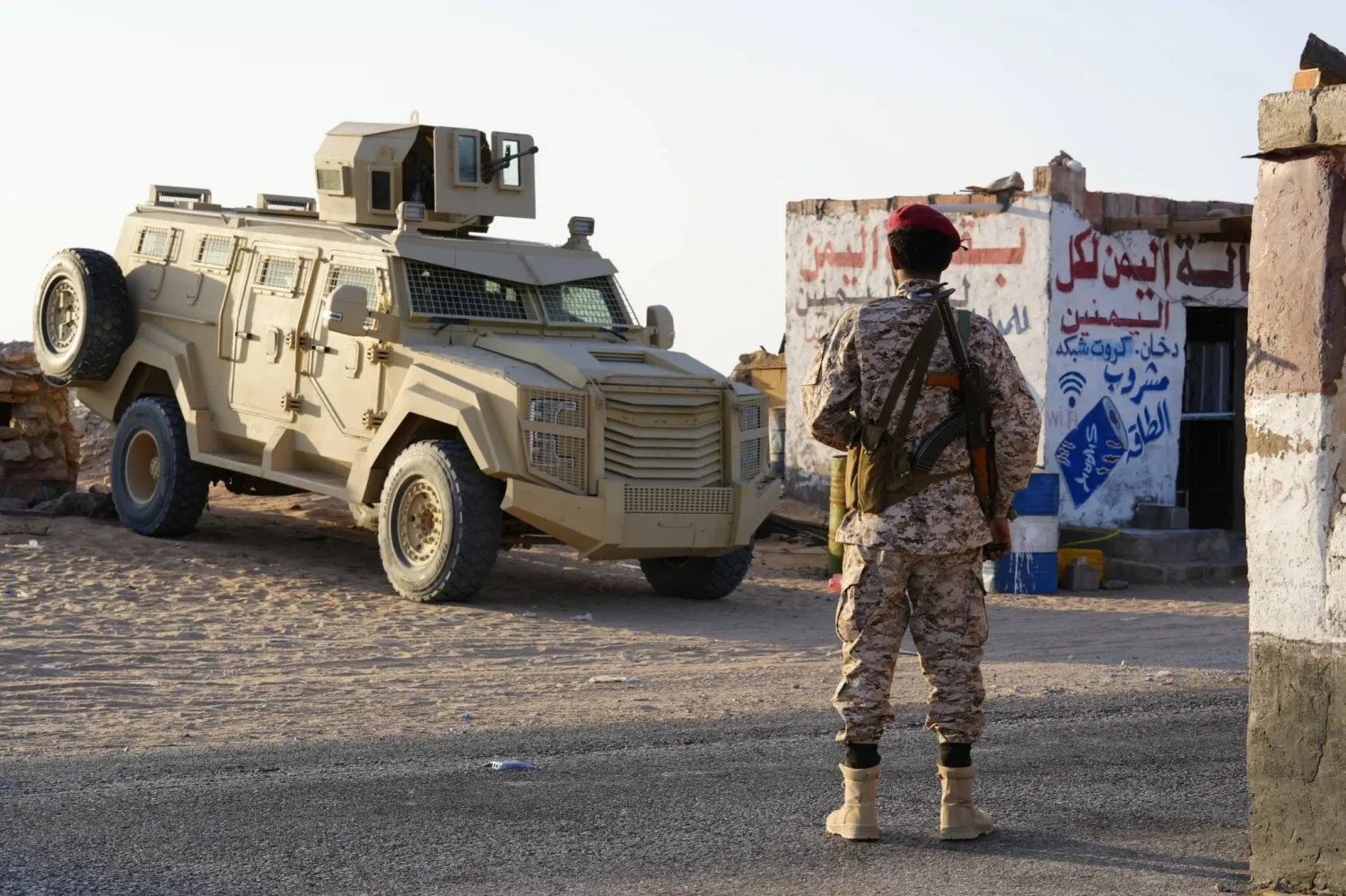American troops came under rocket fire in eastern Syria on Monday, but escaped injury, in apparent retaliation for US airstrikes against Iran-aligned militia in Syria and Iraq.
A military spokesman said US forces had responded to the multiple rockets by firing back at the positions in self-defense.
"There are no (US) injuries and damage is being assessed," Colonel Wayne Marotto said, referring to the rocket attack. He did not say who was responsible for the attack on US troops.
Sources in Deir Ezzor, in eastern Syria, said an Iranian-backed militia group had fired a few artillery rounds in the vicinity of al Omar oil field, which is controlled by the US-backed Syrian Democratic Forces.
The Syrian Observatory for Human Rights war monitor reported shell fire by the militia against the US base, and said the coalition fired heavy artillery at the militia-controlled town of Al-Mayadeen in response.
Hours earlier, US Secretary of State Antony Blinken and the White House had defended the US strikes in Iraq and Syria on Sunday as a way to tamp down on the risk of conflict.
"We took necessary, appropriate, deliberate action that is designed to limit the risk of escalation, but also to send a clear and unambiguous deterrent message," Blinken told reporters in Rome.
Sunday's strikes mark the second time the Biden administration launched airstrikes along the Iraq-Syria border region. In February, the US launched airstrikes against facilities in Syria, near the Iraqi border, that it said were used by Iranian-backed militia groups.









